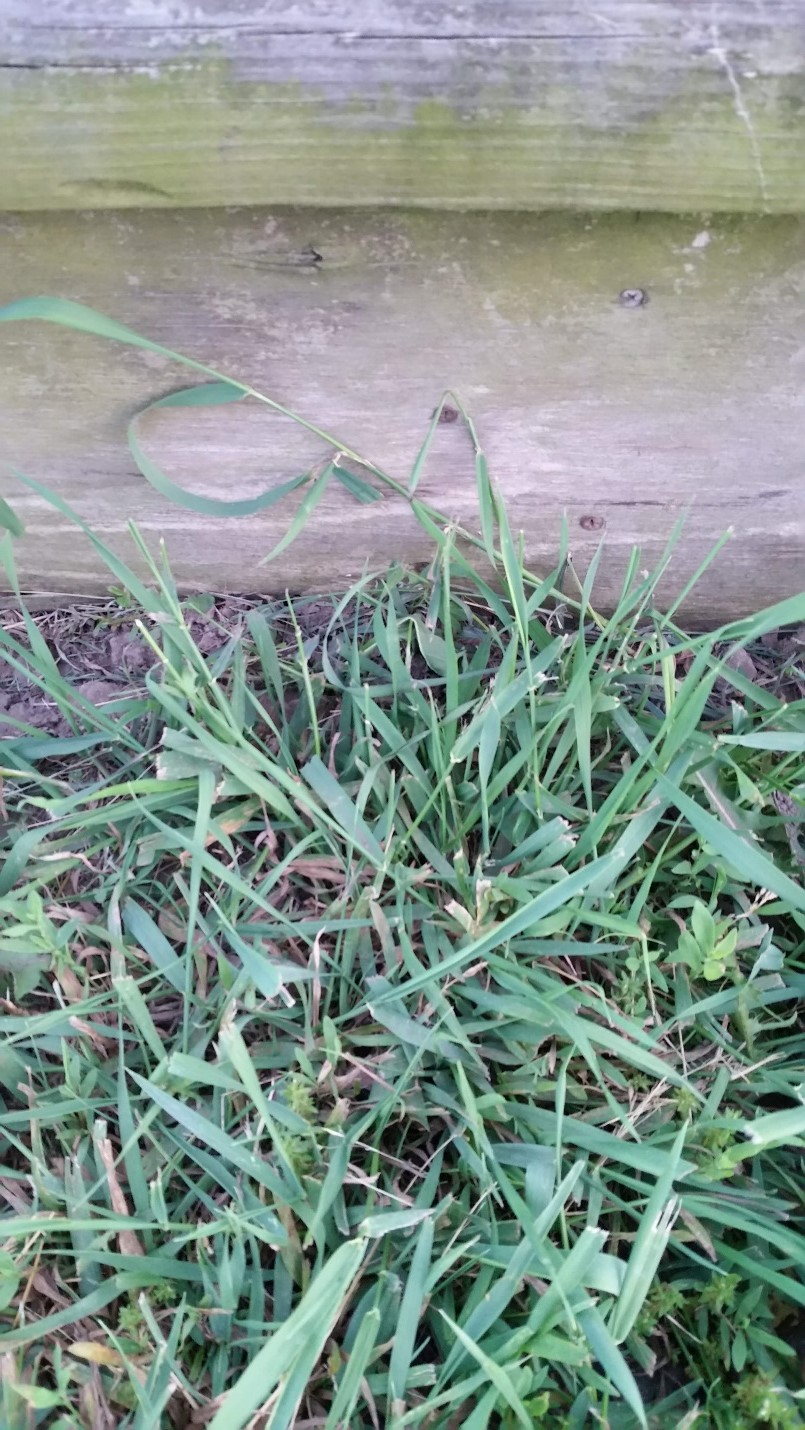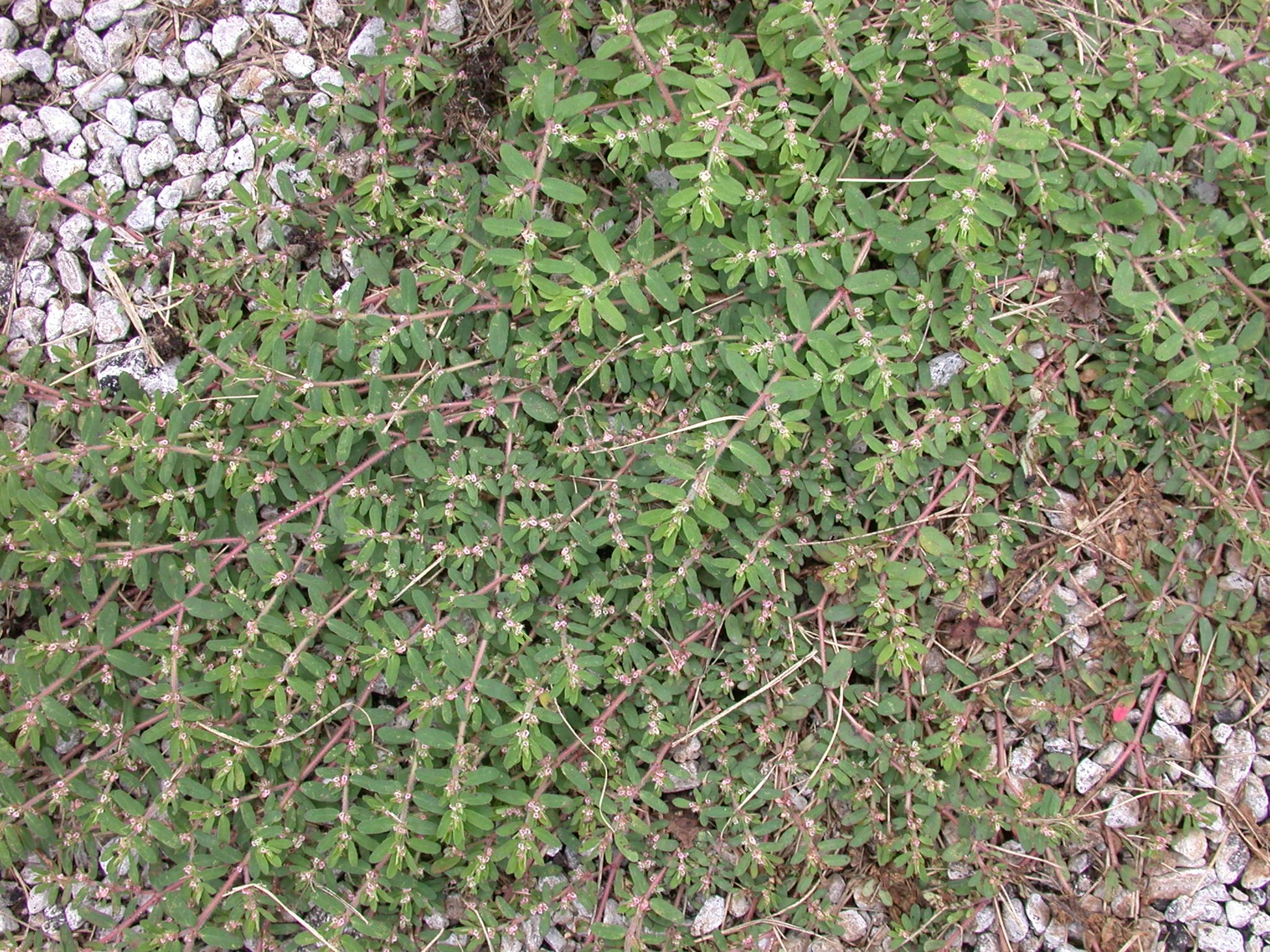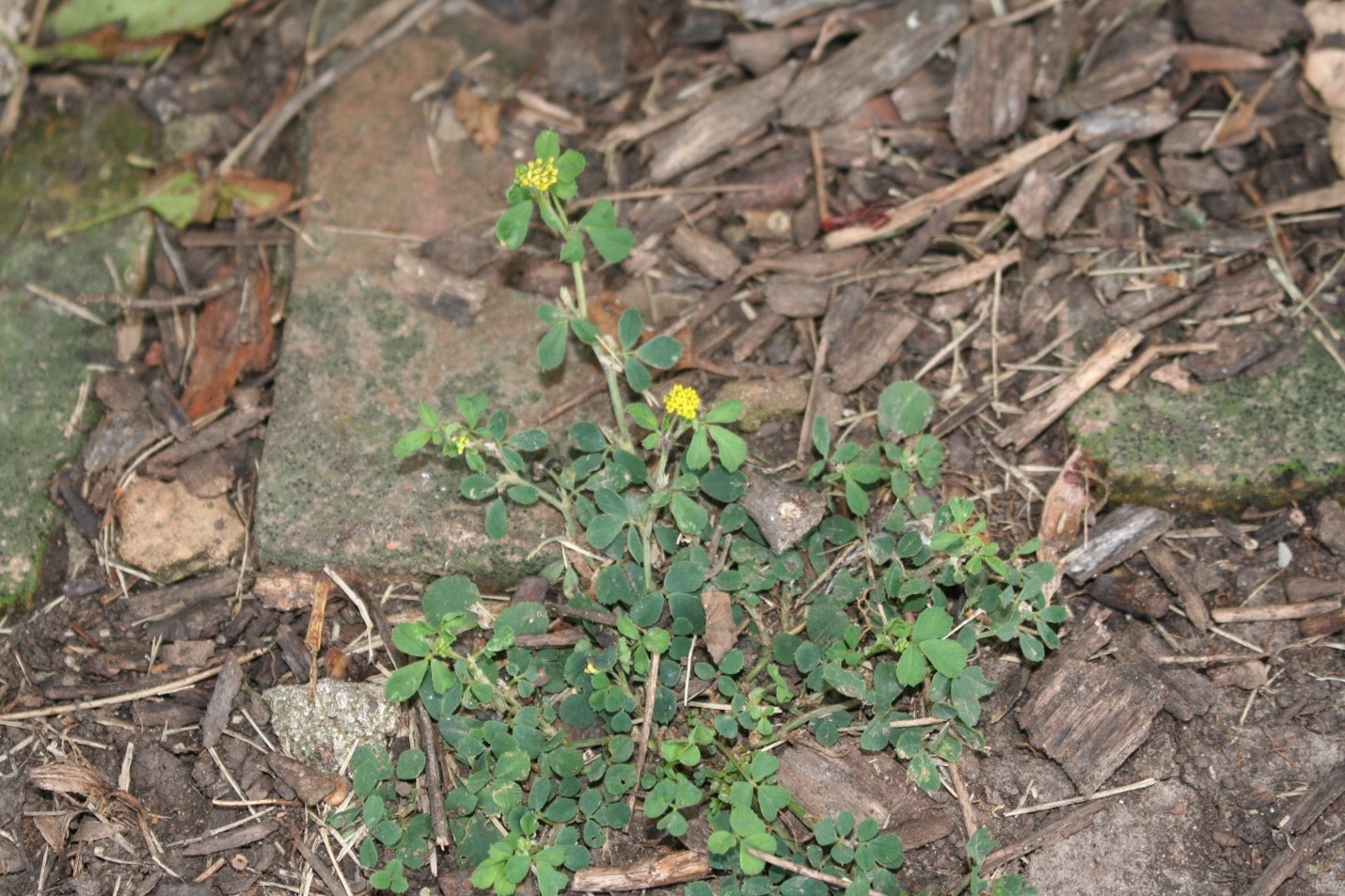Issue 4, June 20, 2023
Weeds That Do Well in Drought
Weeds That Do Well in Drought
Given the drought conditions that much of the state has been experiencing, it’s fitting to discuss weeds that may be thriving now or at least faring better than our cool-season turfgrasses are. Here are a few.
Quackgrass (Elymus repens)
This cool-season perennial reproduces by seeds and long-lived, slender, white rhizomes with sharp tips. Quackgrass is a patch-forming, coarse-textured grass that can grow up to 4 feet tall. The root system is fibrous. Roots ring the rhizomes every 3/4 to 1 inch. The rhizomes develop 2 to 8-inches deep. The stems are smooth. The upper sheaths are smooth and rounded, but the lower sheaths may have short hairs. The blades are flat, dull green to light blue-green and taper to a pointed tip. Blades grow 1/8 to 1/2 inch wide and 3 to 12 inches long. On the upper surface, the blades are smooth to rough to the touch and may be sparsely hairy; on the lower surface, they are smooth. Clawlike, slender auricles clasp the stem. Flowers are narrow, dense, and occur in terminal spikes 2 to 6 inches long. They are borne from late May to September. This aggressive grass is found in many lawns throughout the growing season, especially during cool weather in spring and fall. Quackgrass thrives in well-drained soils with slightly acidic pH and favors thin, droughty lawns.

Quackgrass, Michelle Wiesbrook, University of Illinois.
Spotted Spurge (Chamaesyce maculate)
This warm-season annual broadleaf reproduces by seeds. Germination occurs when soil temperatures warm to 60° to 65°F and can continue as soil temperatures climb to more than 90°F. Spotted spurge develops a central shallow taproot from which prostrate stems form a flat, extensively branched mat up to 2 feet in diameter. The stems exude milky sap when broken. Leaves of prostrate spurge are opposite, small, oval, and up to 3/5 inch long. They are sometimes purple spotted and/or hairy. The petioles are short. Spotted spurge flowers are very small, inconspicuous, cup-shaped, and develop in terminal clusters or leaf axils from June to October. This weed is found in poor, drought-stressed open turf. It germinates and grows well during hot, dry weather on thin soils and is often found on closely mowed sites. Prostrate spurge is very similar and considered by some taxonomists to be the same species.

Spurge, Michelle Wiesbrook, University of Illinois.
Black Medic (Medicago lupulina)
This summer annual (or less commonly a winter annual or biennial) reproduces by seeds. Black medic is shallow-rooted, with multi-branched, slender, prostrate, slightly hairy, somewhat square stems spreading 12 to 24 inches. The alternately arranged, dark green leaves are compound with three oval leaflets. The center leaflet is stalked, and the side leaflets occur close to the stem. Leaves are sparsely hairy, and the leaflets are 1/5 to 3/5 inch long. The 1/8- to 1/6-inch-long bright yellow flowers are clustered on short stems that emerge from the leaf axils. Each cluster is about ½-inch long, round, and comprised of up to 50 individual flowers. Flowering occurs from April through October. The seedpod is black and tightly coiled. Black medic occurs in a variety of turf settings but does well in nutrient-poor and drought-prone soils.

Black medic, Michelle Wiesbrook, University of Illinois.
Common yarrow (Achillea millefolium)
This perennial, reproduces by seeds or short underground rootstocks. Upright common yarrow stems emerge from taproots to form dense mats under close mowing. The stems are usually not branched; are smooth to densely covered with long, soft or woolly grayish-green hairs; and are 4 to 24 inches tall. The tops of the stems may branch. The stem leaves are alternate, finely pinnately dissected, fern-like, and covered with hair. The basal leaves are longer at 3 to 8 inches long. The flowers which develop in flat-topped clusters at the top of branches consist of white or pink ray flowers and yellow disk flowers occur in June to October. Common yarrow often is found in poor, gravely, droughty, and infertile soils. It does not compete well with turf on rich soils. It is wear- and drought tolerant. This is a tough, durable, and offensively aromatic weed.

Common yarrow, Michelle Wiesbrook, University of Illinois.
Controlling these weeds
In established lawns, populations of these weeds can be managed by maintaining proper turf density. However, in hot and dry conditions, turfgrass may be allowed to go dormant. Fertilize in the fall. Small populations of black medic and spotted spurge may be removed by hand. Physical removal of quackgrass and common yarrow will be more challenging due to the rhizomes present. For best results, apply postemergence herbicides in late spring through midsummer when plants are young and actively growing. Applications to common yarrow and black medic could extend into autumn even. Keep in mind that dry conditions may result in less than stellar control and a second application may be warranted. Carefully read and follow label directions.
More information on Quackgrass can be found here.
For assistance with identification, consult with your local University of Illinois Extension office or the booklet, “Identifying Weeds in Midwestern Turf and Landscapes”.You may also submit plant samples to our Plant Clinic located in Urbana.
Author:
Michelle Wiesbrook